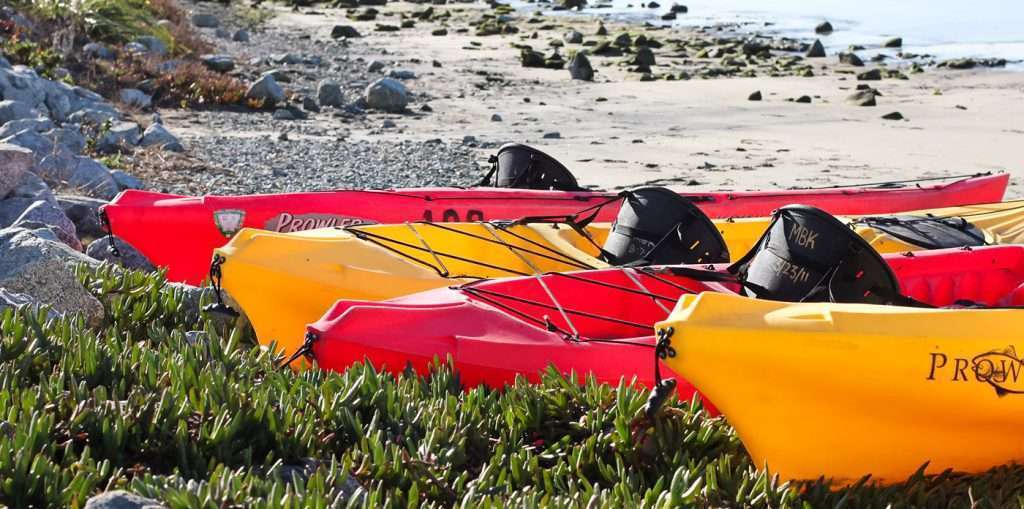Throw bags or Throw ropes are used in kayaking for emergencies, rescues and other special circumstances. Throw bags are very crucial to have with you and must be chosen wisely. Throw ropes should always be ready at the hands of a paddler, preferably stowed away easily insides your boat. The idea behind having a throw rope is that it can help you deliver things such as a flotation device or an extra paddle to people in boats in distress near you which may have capsized or flipped over due to some rough water conditions, heavy wind, current etc.
A Throw Bag is also ideal if there’s someone who needs rescuing out of the river. Throw Bags can also be used to make a raft or throw ladder. Throw bags are usually about 50 to 75 feet in length, and strong enough to hold 100kg in weight (sometimes it depends on the environment you’re kayaking). Throw ropes should be chosen based on following factors:
4 Things You Must Consider Before Buying Throw Ropes for Kayaking
What is the maximum load rating?
Throw bags usually come with a specific capacity of a certain amount of weight it can carry. Ensure that the rope has capacity of at least 2 times your own body weight. I would personally recommend having something stronger than this because collisions happen and if you want to pull out another boat or even another person from rough waters, there’s not guarantee that you won’t get dragged in as well. Throw rope needs to be strong enough to hold you and another kayaker.
Throw bags come with different length of ropes
Some can be up to 50ft long while others are about 75ft long, ensure your throw bag is at least 50 feet in length because it makes throwing easier for you when other people may need help from you .
Throw Ropes usually come with one end being tied into a loop (usually called Candy Loop) and the other end tied into a knot (commonly called bowline knot). A bowline knot is not that easy to untie so make sure its properly tied and that you’re comfortable doing it as well. Candy loop is used to hook a Throw Bag on while you’re in the kayaking boat, keep this feature in mind when buying Throw ropes as some Throw Ropes have the Candy Loop and Bowline Knot both tied into one end of the rope (which makes it easier for you to rescue people or throw things such as flotation devices to people or boats).
Consider Throw bags with Reflective tape on them; Throw Rope comes with a special rope attachment where its possible to attach reflective tape onto it so that they can be seen from a distance during nighttime conditions, having this feature will help rescuers save time because they won’t need to search blindly looking for your Throw rope .
How to Use A Throw Bag
Throw rope should be stowed on your kayak; preferably in the cockpit area. Throw ropes usually come with a length of about 50 feet and is coiled up for easy storage. Throw Ropes are strong and can even withstand a decent amount of water pressure while holding it tightly, so never worry about keeping them inside your kayaks because it won’t damage the Throw Rope that much while its inside your boat. Throw Ropes can also get tangled into other items or gear you have stored in the kayak such as spray skirts which means you’ll need to keep them away from items that may cause tangling (if there’s no room for Throw rope at all).

